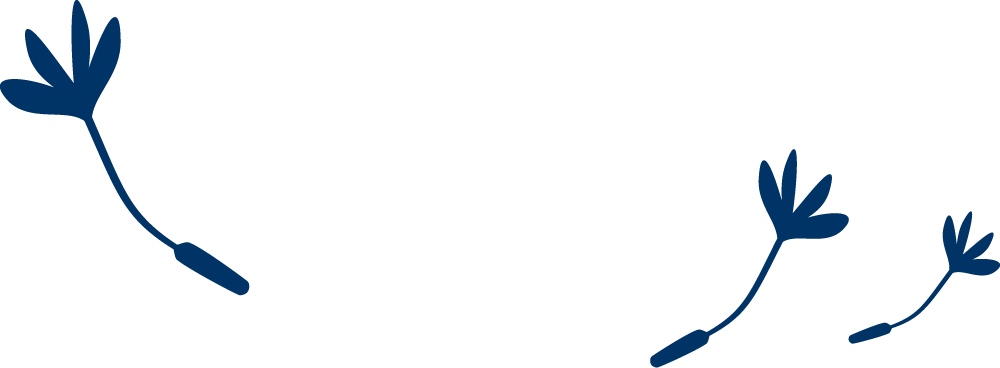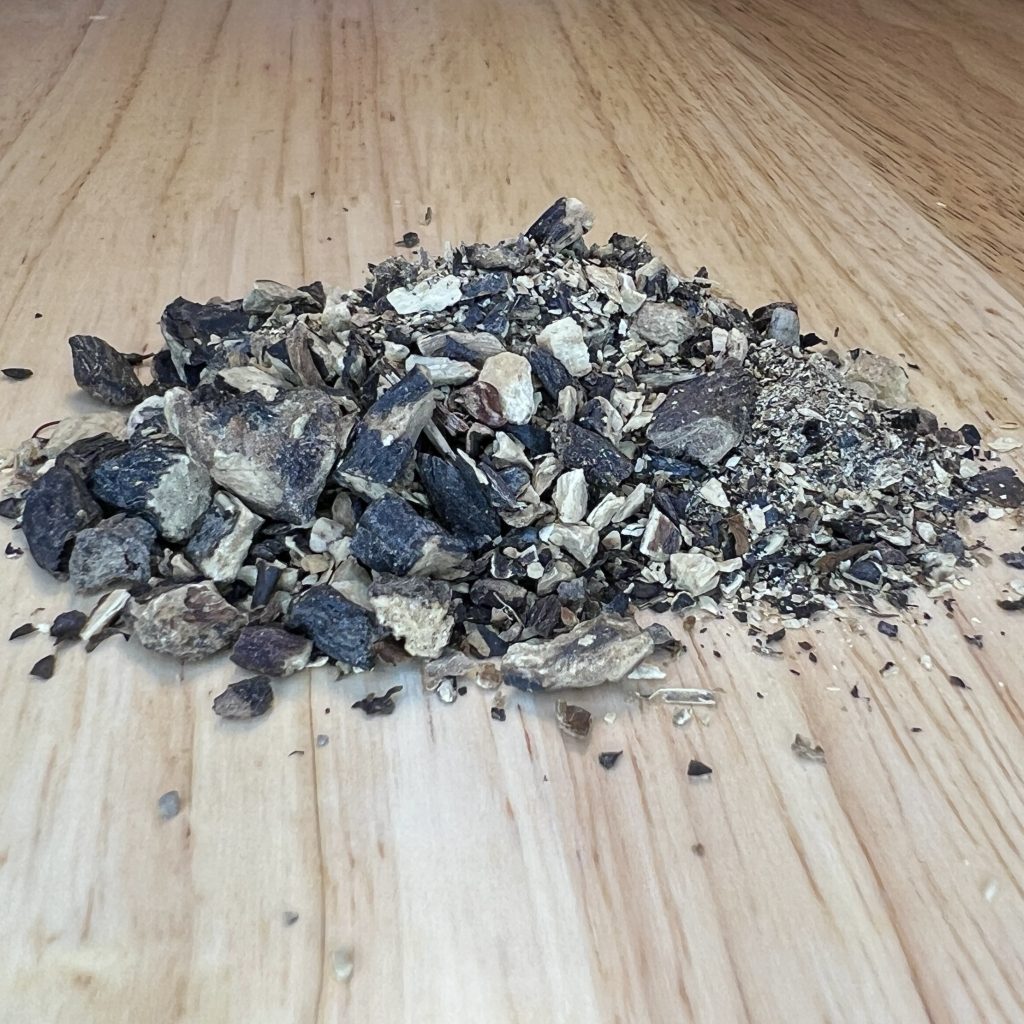Medicinal Action

Sprain Healing
Sprains occur when the ligaments—the tough bands of tissue that connect bones—are stretched or torn, usually due to sudden twisting or impact. This can result in pain, swelling, bruising, and limited mobility. The goal of sprain healing is to reduce inflammation, relieve pain, and promote the repair of damaged tissues. Herbal remedies that support sprain healing include comfrey (Symphytum officinale), also known as “knitbone,” which contains allantoin and helps to stimulate cell regeneration and promote the healing of ligaments. It can be used topically as a poultice or salve to support tissue repair.
Arnica (Arnica montana) is another commonly used herb for sprains, valued for its ability to reduce pain, swelling, and bruising. Arnica is typically applied as a gel or ointment to the affected area but should not be used on broken skin. St. John’s wort (Hypericum perforatum) has anti-inflammatory and nerve-soothing properties, which can be helpful when sprains involve nerve pain or significant discomfort.
Turmeric (Curcuma longa) is known for its potent anti-inflammatory effects and can be taken internally to help reduce swelling and pain associated with sprains. Ginger (Zingiber officinale) can also be used internally as a tea or supplement to support circulation and reduce inflammation, speeding up recovery.
The modern approach to sprain healing has evolved from the traditional RICE (Rest, Ice, Compression, Elevation) method to the POLICE method:
P: Protection – Protect the injured area to prevent further damage, using support or bracing when necessary.
OL: Optimal Loading – Begin gentle, controlled movement as soon as possible to encourage healing and restore mobility without overloading the injury. This approach helps maintain strength and prevents stiffness.
I: Ice – Apply ice for short periods to help reduce swelling and numb the area, particularly in the first 24-48 hours after injury. Ice should be used with caution to avoid overuse, which can hinder healing.
C: Compression – Use a compression bandage to help manage swelling and provide stability to the joint.
E: Elevation – Elevate the injured area above heart level to help reduce swelling.
After the acute phase, gentle mobility and strengthening exercises can help restore function and prevent re-injury.



